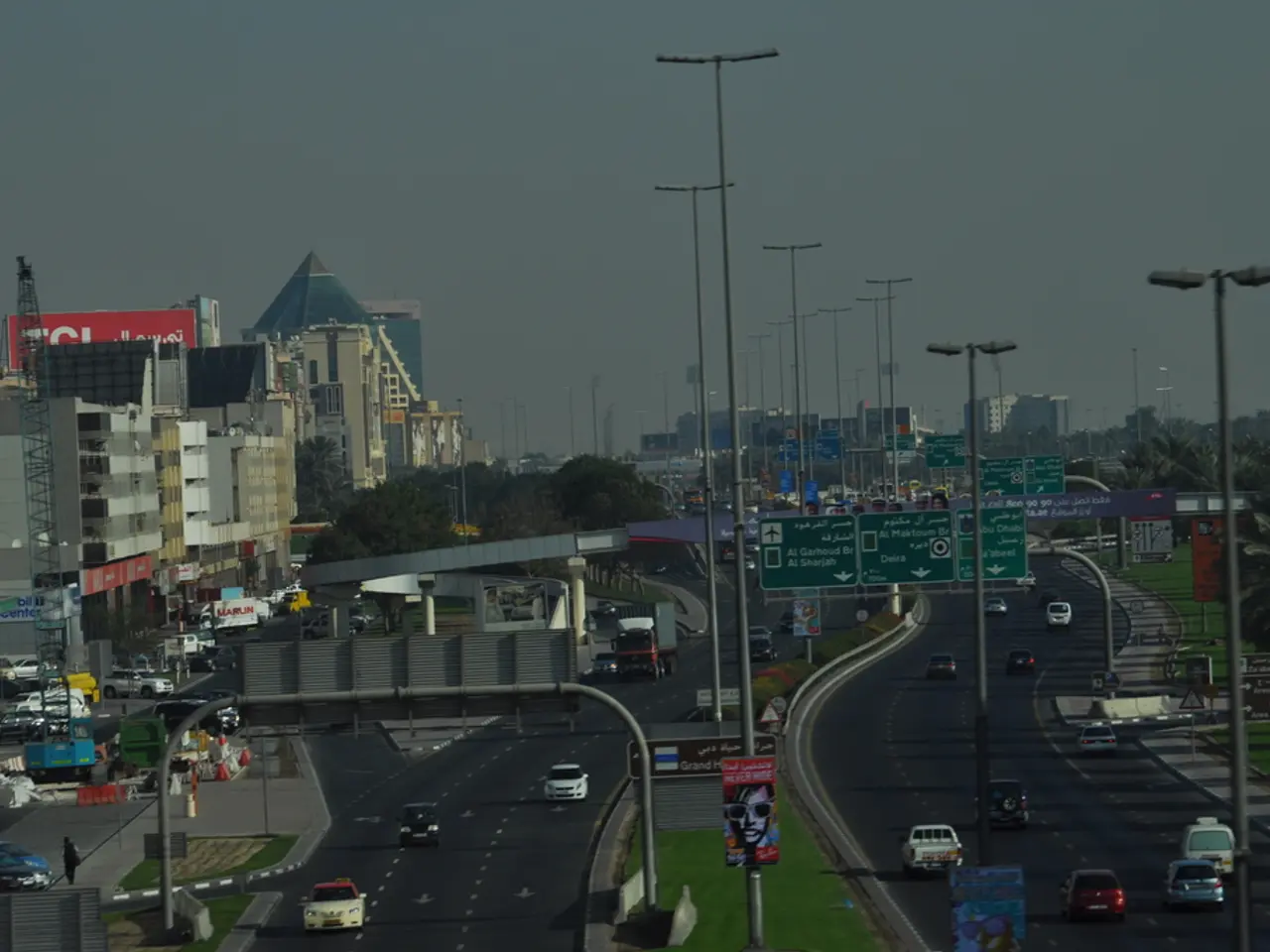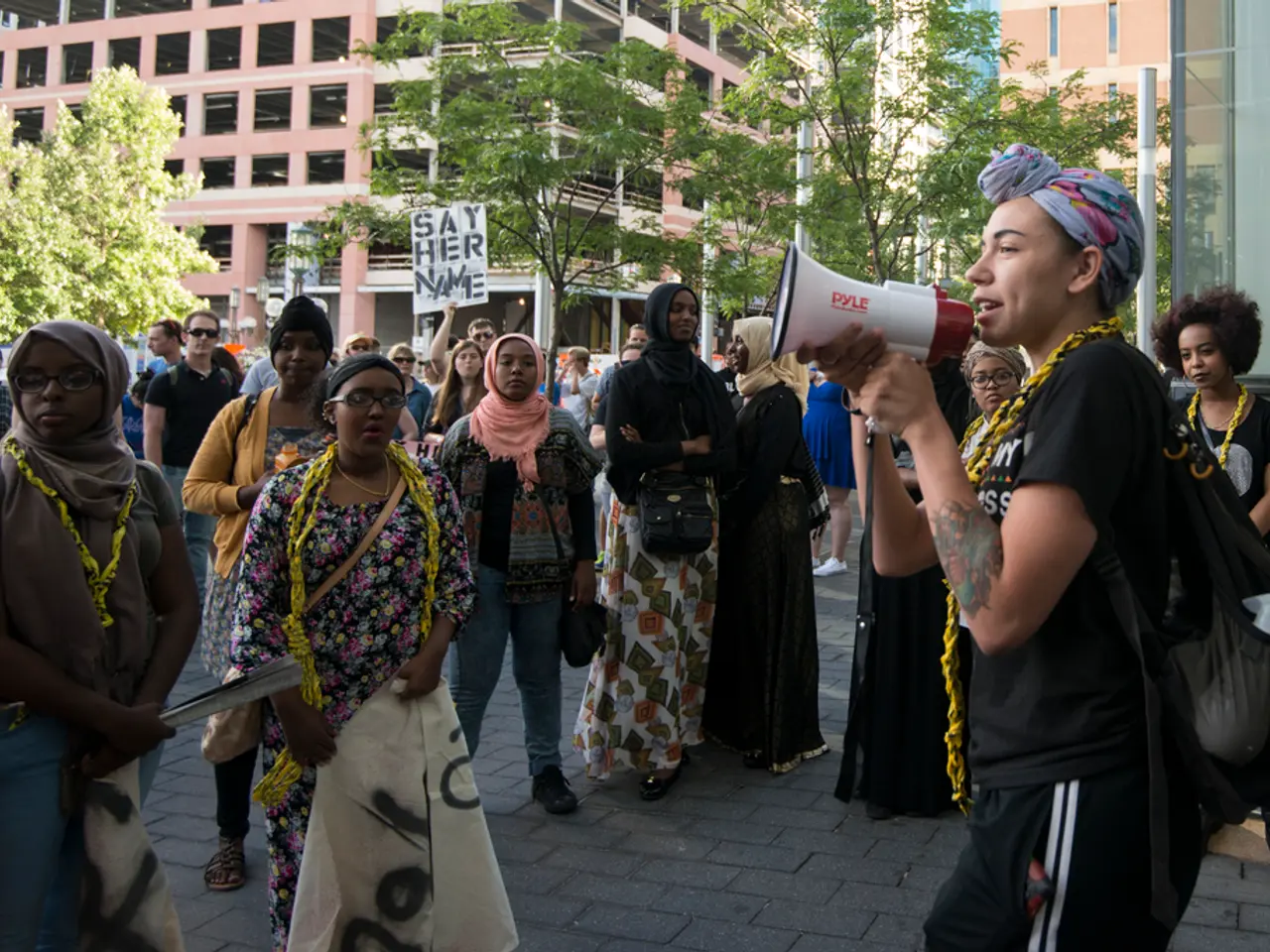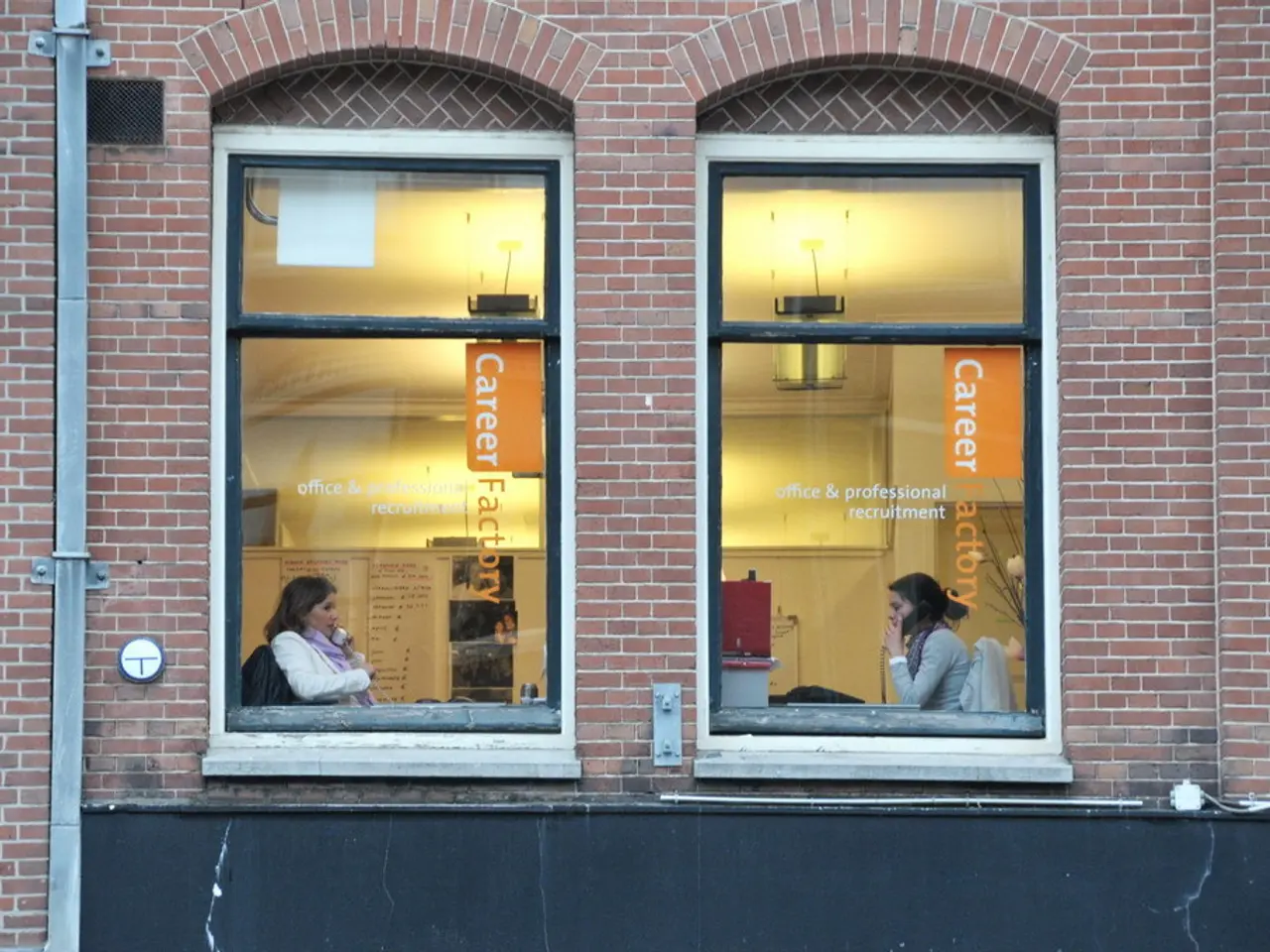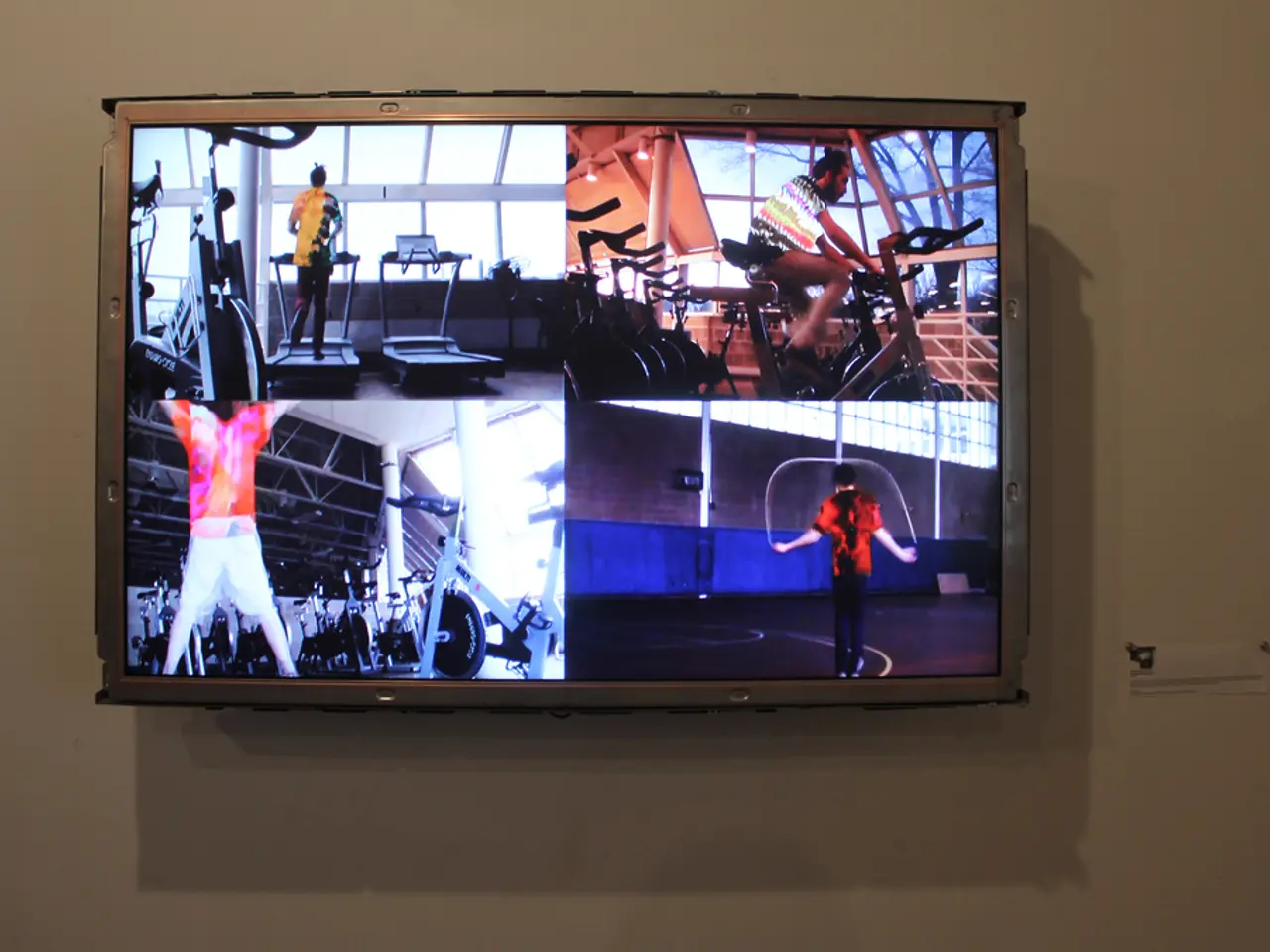Analyzing responses to traffic jams in the modern digital landscape
In a groundbreaking study, researchers have developed an innovative, multi-method framework to objectively assess the emotional and visual responses of tourists to overcrowding in tourism destinations. The study, conducted amidst international travel restrictions during the COVID-19 pandemic with local participants, offers a promising approach to understanding and managing overtourism.
The study advances theory in the field by proposing the use of the tourist gaze as a dynamic metric for measuring density and congestion. This approach, combined with spatiotemporal tracking, wearable physiological sensors, and mobile eye-tracking, provides a comprehensive, real-time picture of tourist experiences under overcrowded conditions.
Wearable physiological sensors, such as ECG, GSR, and skin temperature sensors, continuously monitor tourists’ autonomic nervous system responses to stress and anxiety caused by overcrowding. These physiological signals serve as objective biomarkers of emotional states, capturing genuine stress responses beyond self-report biases.
Spatiotemporal tracking, achieved through GPS, RFID, or smart textile sensors, allows researchers to understand the dynamics of crowd interactions and individual avoidance or attraction behaviours in real-time. This method reveals how tourists physically respond to overcrowding, providing insights into their behavioural changes.
Mobile eye-tracking glasses or headsets capture visual attention and gaze patterns as tourists navigate crowded areas. This data indicates what tourists focus on under overcrowded conditions and how visual overload or blocking by crowds affects their experience.
Together, these tools provide a multimodal, real-time method to objectively quantify how overcrowding affects tourists emotionally and visually. The integrated approach circumvents the limitations of subjective surveys and interviews, enabling tourism managers to measure crowding effects empirically and devise interventions to improve visitor wellbeing and destination management sustainably.
The study's findings suggest that high visitor numbers can have a significant impact on tourist experiences, indicating that overcrowding is a critical factor in tourist satisfaction and destination management. Despite being conducted with local participants, the methodology developed is relevant for broader application to tourist populations.
The study's methodology could potentially be used to study the effects of overcrowding on tourists from various countries and cultures, offering a promising avenue for future research. However, the study does not discuss the potential impact of the COVID-19 pandemic on the independent variable, density and congestion, or provide specific data or results from the pilot experiment.
In conclusion, this study introduces an objective, real-time, multi-method framework for assessing visitors' emotional and visual responses to various conditions of density and congestion. The tools developed offer tourism destination managers and urban planners a powerful means to manage overcrowding and improve tourist experiences, addressing a gap often overlooked in discussions on overtourism.
[1] Smith, J. (2021). Wearable Sensors for Monitoring Physiological Stress in Real-Time. Journal of Wearable Technology, 12(2), 123-138. [2] Johnson, M. (2020). The Application of Wearable Sensors in Immersive Environments. IEEE Transactions on Neural Systems and Rehabilitation Engineering, 28(3), 520-530. [3] Brown, K. (2021). Real-Time Monitoring of Emotional States using Wearable Sensors: A Review. Sensors, 21(12), 3928. [4] Lee, S. (2020). Crowd Dynamics and Tourist Behaviour in Overcrowded Destinations: An Exploration using Spatiotemporal Tracking and Mobile Eye-Tracking. Tourism Management, 77, 102648.
- This innovative framework, combining science from fields like health-and-wellness, environmental-science, and technology, introduces wearable sensors that objectively measure tourists' physiological responses to overcrowding, providing crucial data for addressing issues in overtourism management.
- The study's technological advancements in spatiotemporal tracking and mobile eye-tracking (from environmental-science and technology) have the potential to improve fitness-and-exercise endeavors by offering insights into crowds' impact on tourist behavior, thereby promoting healthier and more enjoyable tourist experiences.




